No Nation Owns The Ocean, But These 5 Navies Control It
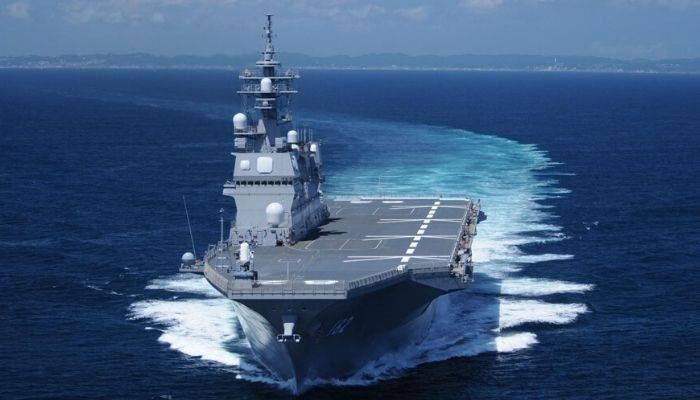 2824 Thursday, 12 December, 2019, 21:05 It’s a universal truth handed down since antiquity: a country with a coastline has a navy. Big or small, navies worldwide have the same basic mission—to project military might into neighboring waters and beyond. The peacetime role of navies has been more or less the same for thousands of years. Navies protect the homeland, keep shipping routes and lines of communication open, show the flag and deter adversaries. In wartime, a navy projects naval power in order to deny the enemy the ability to do the same. This is achieved by attacking enemy naval forces, conducting amphibious landings, and seizing control of strategic bodies of water and landmasses. The role of navies worldwide has expanded in the past several decades to include new missions and challenges. Navies are now responsible for a nation’s strategic nuclear deterrent, defense against ballistic missiles, space operations, humanitarian assistance and disaster relief. With that in mind, here are the five most powerful navies in the world. United States First place on the list is no surprise: the United States Navy. The U.S. Navy has the most ships by far of any navy worldwide. It also has the greatest diversity of missions and the largest area of responsibility.
Russia The United Kingdom Japan 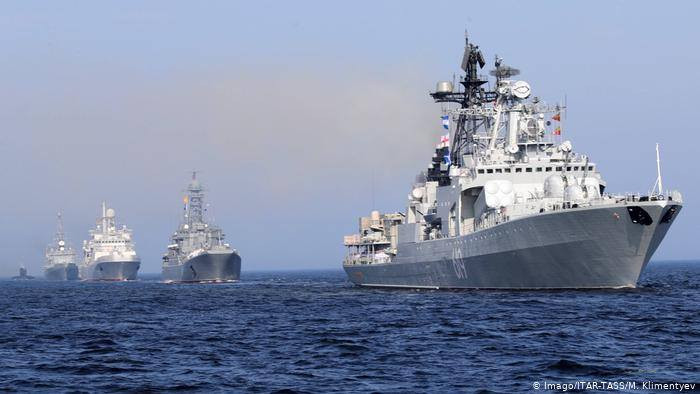 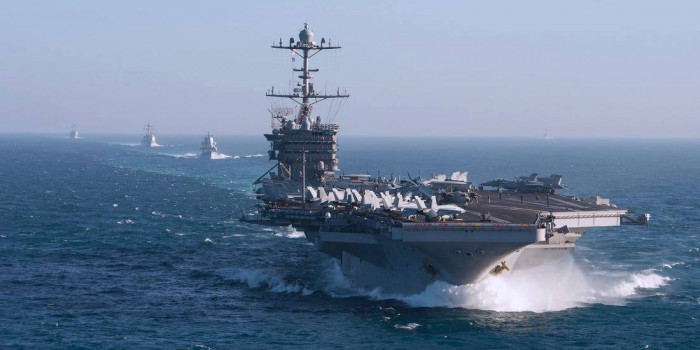 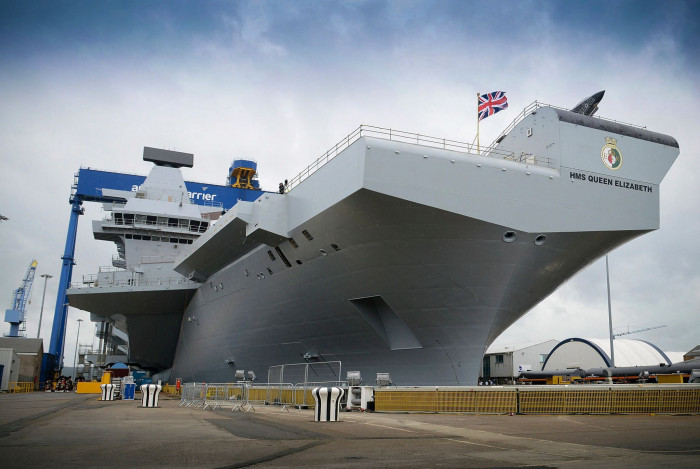 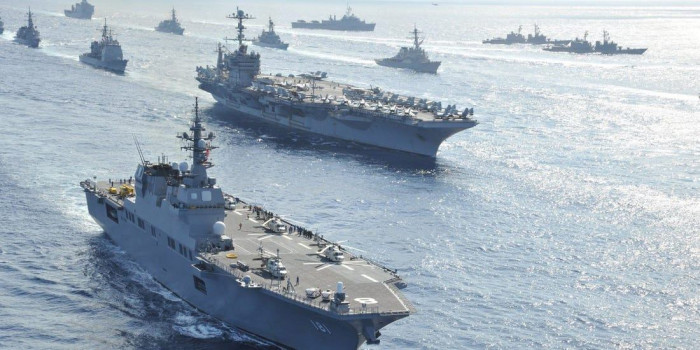 |

HK fire: 4,510 residents in shelters as support fund reaches HK$3.6b
72614.12.2025, 23:18
EU countries' ambassadors approve phase out of Russian gas imports
181610.12.2025, 16:01
Trump threatens Mexico with 5% tariff increase over water dispute
183009.12.2025, 22:18
Pentagon allocates $800 million for Ukraine over next two years
216108.12.2025, 12:00
The EU Council and Parliament strike a deal on rules to phase out Russian gas imports
306404.12.2025, 09:54
EU countries seek urgent plan B to fund Ukraine
385926.11.2025, 16:54
̀«Where the bishop is silenced, Christ is silenced»: Diradur Sardaryan
379224.11.2025, 00:10
Madagascar military ruler shows 300 kg gemstone found in presidential palace
442219.11.2025, 23:47
